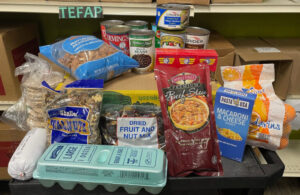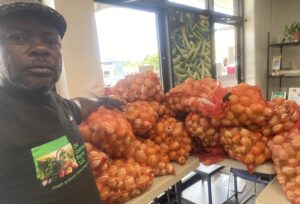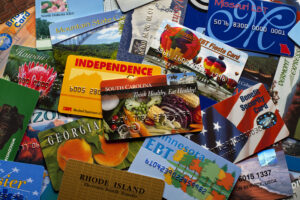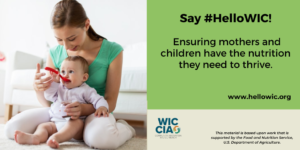It’s hard to overstate the impact that the USDA’s new summer feeding program will have on alleviating summer food insecurity.
By making it much easier to get food, the program is expected to reach 21 million kids, a massive expansion from the three million kids who utilized summer feeding in 2022 and much closer to the 30 million who use school lunch during the school year.
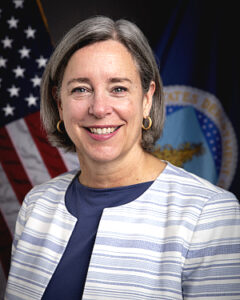
The Sun Bucks program will load benefits onto a card that can be used at nearby grocery stores and farmers markets. That’s a big boost in convenience compared to traditional summer food programs, which require kids to travel to meal distribution sites.
Those traditional congregate meal sites (now called Sun Meals) will still be available. They’ll be supplemented by Sun Bucks, as well as another new program, Sun Meals To-Go, which lets families in rural areas go to a central site and pick up meals.
Families will get $120 per child in Sun Bucks benefits, and states will decide whether to distribute that amount all at once or in $40 increments. Families who get SNAP will have the benefit automatically loaded onto their SNAP cards, without having to apply.
“We expect it to be a very powerful intervention,” said Stacy Dean, the USDA’s Deputy Under Secretary for Food, Nutrition and Consumer Services, in an interview. Offering Sun Bucks alongside the two meal programs establishes a “three–legged stool” approach to summer feeding, she noted.
Sun Bucks, a permanent program, is by far the biggest leg of the stool. The USDA is budgeting $2.7 billion to support Sun Bucks, compared to about $900 million for both meal programs. Dean credited President Biden and 2022’s White House conference on hunger for identifying summer feeding as a high priority. “There was a recognition that this was a high-impact place for investment,” she said.
With the Sun Bucks program in place, a big focus now is on getting the word out. The USDA has created a resource that shows where the program is available nationwide. (About a dozen states have chosen to not make it available yet.) The Food Research and Action Center has a similar set of resources, for families and advocates.
The USDA is hoping hunger relief organizations will help spread awareness of Sun Bucks, while also continuing to add summer meal sites. “We just see food banks as a critical player in all this,” Dean said. “They’re so in tune with where there’s need.”

Feeding America Eastern Wisconsin has been facilitating outreach to families by working directly with schools. “We asked them, ‘Hey, did you guys get anything out? What was that communication? Can you forward us any emails?’” said Matt Stienstra, Director of Strategic Partnerships and Programs. It found that many schools did not communicate about the program, and those that did often did so in a way that did not stand out or was not reader-friendly.
Now the food bank is working on driving effective communications through additional trusted channels, such as through Wisconsin’s School Nutrition Association and the food bank’s partner agencies. One format that’s been really effective is Facebook parent groups, “When you have one parent posting on that Facebook parent group, then people start understanding what’s happening,” Stienstra said.
Many states, as well as the USDA, are viewing this first summer as an experimental time aimed at gathering information and working out the kinks of the program. One expected difficulty will be identifying children who qualify for the program, but don’t currently receive SNAP, requiring them to receive a separate card. “This first year will be fabulous but imperfect,” Dean noted during her remarks at this week’s Anti-Hunger Policy Conference in D.C.
It’s also an opportunity for states that have not yet chosen to make the program available to get used to the idea. Dean hopes to see every state offering Sun Bucks by next summer. “We’re open for business for any state that wants to adopt the option and we’ll do everything we can to support them in that,” she said. – Chris Costanzo
Like what you’re reading?
Support Food Bank News


